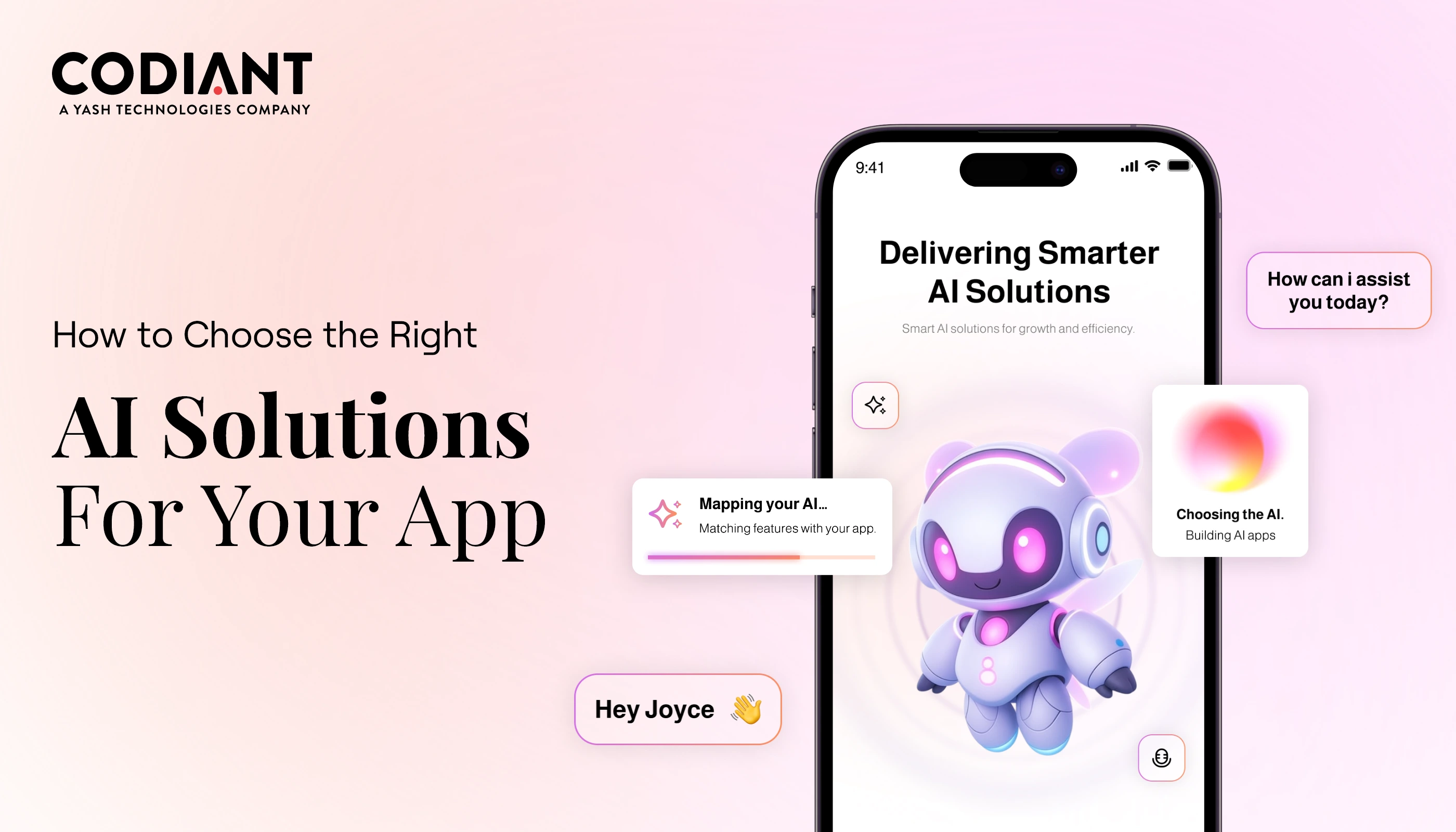What is NFT and How to Create an NFT Marketplace Application?
Table of Contents
Subscribe To Our Newsletter

We’re back to crypto! With an explosion of Web 3.0- the next internet revolution. Yes, amid the rising trend of digital collectibles- the new breed of internet focusing on intelligent information accessibility; the demand for the NFT marketplace app development is growing incessantly.
As we strive for openness and transparency with security at the parallel end, the internet paves the way to a more ‘democratic’ form of the internet. Wherein, blockchain technologies are taking the front seat to drive improvements.
The global economy is shifting more towards cryptocurrencies, blockchain solutions, and non-fungible tokens. As a result, digital transactions are becoming highly encrypted, safe, and authenticated.
Apart from security, NFT marketplace development is gaining prominence among the people who are aiming for huge income with their unique digital services in the form of art. The NFT (Non-Fungible Tokens) has joint its services with AR and VR under a variety of services such as Arts, Fantasy Games, Music, Photographs, etc.
Overall the things that can be turned into NFTs and are auctionable on a marketplace are digital images, videos, photographs, music, text, podcasts, 3-D models, unique domains, etc. NFT is a special marketplace where the specific exchange takes place in digital form. It has not just become a platform to make and stack money but rather has posed itself as an innovative realm for people to demonstrate their creativity in a secured and intelligibly accessible way.
The popularity of the NFT marketplace is rapidly growing and driving NFT developers and entrepreneurs to build more such marketplaces. In this p, we’ve collected all the vital information about NFT marketplace development services. If you are new to this field and planning to make some good transactions with this business venture, upgrade your learnings with our detailed guide.
What is NFT?
NFTs, or non-fungible tokens, are unique digital items stored on a blockchain, the same network that runs cryptocurrencies. Anything digital- that could be images, videos, audio, games, apps, etc. even this online blog that you’re reading can be converted into an NFT unit and can be monetized.
From this point on, you may think of NFT as digital art. But more or less, NFTs are not digital art instead they’re certificates of authenticity.
NFTs are different from Cryptocurrencies. They grew popular along with crypto in 2021. At a very high level, most NFTs are part of the Ethereum blockchain.
What is NFT Marketplace?
In an online NFT Marketplace, the creator sells the virtual products/digital art in the form of NFT and the buyers acquire it by using Cryptocurrencies like Ethereum/Bitcoin. The marketplace also takes transaction charges on every NFT purchase made through its platform. After, buying the NFT, the buyer receives a unique identifier token, which is the receipt and proof of the ownership of that specific NFT and holds the information about the owner, origin, and its authenticity.
Properties of NFT Token Development
Each NFT token is a unique item in the digital world and holds a special recognition in the digital currency space. The NFT tokens have their own nature or say properties, these are underpinned below.
- Indivisible – A token can’t be further divided into smaller units. It always remains a single entity, whoever sells or buys that.
- Authenticity – Every NFT is always owned by someone genuine, and the process of its verification is quite easy.
- Non-Interoperability – Each NFT is unique, so it can’t be related or linked with any existing token. Therefore, there is no such easy method to swap the token as it can be done with Cryptocurrencies, like Ethereum, Bitcoin, etc.
- Tradability – NFT tokens can be traded with different cryptocurrency exchanges. In the NFT marketplace, the owners can experience an enhanced trading system, as it has endless capabilities.
- Liquidity – The liquidity of NFTs is quite high, as these can be traded continuously. This situation arises when a huge number of interested clients exist to purchase a specific NFT.
- Scarcity – The NFT developers can introduce such characteristics that can’t be modified, once introduced in the market.
- Programmability – The programmable NFTs are like containers that can be customized as per the owner’s requirements. These NFTs can be transferred or used as collateral by implementing programmable changes.
- Interact Under Multiple Ecosystems – The creation of NFTs becomes possible for digital collectibles, due to standards i.e., ERC-721 and ERC-1155.
ERC-721: This standard uses unique identifier mapping to the addresses that represent the owner of the identifier. The ‘transferFrom’ method is used to transfer the assets.
ERC-1155: This std. uses the IDs to represent a class of assets. Such that, it uniquely defines each product of a single class with unique tokens. E.g. in transferring 100 audio tapes, the backend developer will modify the contract and generate unique tokens for each tape. So,ERC-1155 calls only ‘transferFrom’ with 100 quantities.
How Does An NFT Marketplace Application Work?
The working of an NFT marketplace application comprises some mandatory and sequential steps, which follow like this;
1. Sign Up
The signup process in an NFT marketplace may slightly vary on what site you are preferring. But the primary step that needs to be taken care of is creating an account and linking the digital wallets which support that specific platform. Once, you follow the right procedure to link your wallet, to finish the process you will be asked to enter the wallet password.
2. Buy an NFT
Under normal practice, the NFTs can be purchased directly at a fixed price or through the auction process. However, the buyer can also exercise another opportunity by submitting a quotation to the owner and can try to negotiate over it for a better price.
3. Sell an NFT
Selling an NFT is quite a complicated and technically complex process, as compared to purchasing them. It turns out to be more complex when the user is selling their own creations. Well, the generalized process to sell an NFT, considers the following steps;
- Upload the NFT into the marketplace that needs to be put on sale, enter the fixed selling price, or select the NFT auction option.
- Now, the platform verifies the asset, and on approval puts it on sale.
- Once, the seller accepts the bid, the NFT marketplace carries out the transfer process from the buyer to the seller.
4. Mint an NFT
To mint/create an NFT, the Ethereum wallet can be the most suitable and largest system for such digital assets. The app will require an Ethereum wallet that supports ERC-721 (As explained above) standards and maintain a minimum wallet balance of $50 to $100 to handle the transaction fees. The transaction charges vary depending on the network’s congestion. After completing these steps, the user can access the NFT marketplace. Then, by clicking on the ‘Create’ button the user can start minting NFTs.
Must-have Features of an NFT Development Solution
1. Storefront
This feature of the NFT marketplace provides detailed information about the NFT unit i.e. owner’s details, bids, preview, price history, and other relevant information.
2. Advanced Search Functionality
The NFT marketplace must support advanced searching to find robust data with minimum time and effort. All the items in the NFT marketplace should be sortable under different features such as images, video, audio, art, etc. The easy and quick search feature will enhance customer satisfaction levels.
3. Filtering
This feature is just like the token search function discussed above which is designed to assist the quick and easy searching process. The filter feature will divide available objects under different categories, this will sort the data and make it easy to access details at the same time. In this manner, users can access the required information quickly and will be more likely to have a greater probability of purchasing them.
4. Create Listing
This feature is seller-centric, and empowers users to access proper navigation and instructions to create and share a listing with full ease without any hassles. To make it possible, you can create a simple web page that will enable the seller to upload the images and enter details, such as title, description, tags, etc. to educate the buyer and improve the searchability.
5. Auction and Buy
It is an efficient NFT marketplace feature that allows the buyer to place their bids, expiration date, bid status, and other relevant details. This will help the buyer to analyze the product bidding process and finally buy the NFT successfully.
6. Push Notification
It is a great feature to the success of the NFT marketplace that instantly updates the users with the latest news through real-time in-app notifications and emails (if opted).
7. Wallet
To carry out quick, flawless, and secure transactions in the NFT marketplace, digital wallets are required. Crypto wallets are the most secured wallets to carry out digital transactions, which use private keys or phrases to allow secure transactions.
8. Ratings & Feedback
This feature builds a trust factor among the new users, as the experiences of the existing users will inspire them to use the platform. It gives an impression of a trustworthy and reliable platform for new users or prospects.
Pros & Cons of NFT Marketplace
Pros:
- Value Growth – NFT is a marketplace that extends its support to the artists to generate income and it is expected that the demand for such platforms in the future is going to rise. Overall, the NFT marketplaces can be considered the best and most suitable platform to present their art on the global platform, generate high revenue, and enjoy all the perks.
- Security – The NFT marketplace applications are high in articles security and payment-related data security as NFT considers cryptocurrencies for payment mode. Apart from that, the NFT marketplace is equipped with various security tools to eliminate the concerns of any fraudulent and malicious activities.
- Unique Ownership – From an artist’s perspective, the issues of copyright and plagiarism are very prevalent, such that any third person can copy the idea and sell it in the market by claiming it as their work. However, the NFTs have made it convenient for artists to claim their ownership by reserving unique tokens for a specific artwork just like we do for patents. These non-fungible tokens support creators to attract the most appropriate bid for their artwork.
- Flexibility – The owner can manage their ps on their own and can dedicate as much time they like to build their business and sell the ps on the NFT marketplace. It is very flexible for the owner to sell their artwork at any time of the day and at the best prices.
- Scalability – The NFT marketplaces are highly scalable and can manage multiple listings and a rapidly growing number of customers. Apart from that, the platform is highly scalable in terms of architecture and features based on new ideas and market analysis.
- Global Reach – The artists can experience a global reach to the market and the audience under limited resources through the NFT marketplace. It is a reliable and secure platform that allows artists not to worry about any copyright or plagiarism issues, in contrast, that can attract good rewards for their efforts and quality work.
Cons:
- No Fixed Income – In the NFT marketplace, the prices of the ps always vary and might possibly have to take a long halt to sell. As, the owner will receive monthly payments based on transactions, which might be low or high periodically.
- Physical Art Can’t Be Digitalized – The NFTs are only suitable for artists who can create digital art, not the ones who can convert physical art into digital form. If the artwork exists in the physical form, then its digital form is not acceptable for the NFT marketplaces. In general words, the NFTs are only for the tech artists, it doesn’t support all range of artists.
- Environmental Issue – One of the major drawbacks of the NFT marketplace is that it causes pollution and environmental issues. The platform relies on cryptocurrencies, majorly bitcoin and Ethereum. The mining of such crypto consumes high energy and emits a high amount of carbon monoxide gas which is very harmful to the environment.
Tech-Stack Required for NFT Marketplace Development
To build a custom solution for the NFT marketplace, our experts recommend the following tech-stack:
-
- JS- for front-end designing
- JS and Express.JS- for the back-end development
- Gitlab CI and Docker- to store and have the backup of code with Continuous Integration (CI)
- PostgreSQL- a perfect database for an NFT solution
- AWS (EC2, S3, RDS)- great for hosting and services
Cost of NFT Marketplace App Development
NFT is quite a complicated marketplace to develop and various factors influence the cost of NFT marketplace app development. The factors that define the cost of NFT token development services are security, UI/UX design, cryptocurrency integration, NFT developer’s expertise, location of the development team, project complexity, functionalities and features, different types of management, etc. Thus, it may require more than 1000 development hours and the average development cost of NFT marketplace app development will range from around $30,000 to $100,000 and more.
Conclusion
An NFT marketplace app development requires an experienced team of developers. Usually, it is an overwhelming experience to find the appropriate solution providers. While considering the evolving business demands – Codiant can be the most suitable partner to fulfill your business requirements to develop an NFT marketplace web/app solution.
Connect with our proficient team to discuss your business idea and get into the development phase to take the final product to the shop-floor level.
Featured Blogs
Read our thoughts and insights on the latest tech and business trends
How AI Helps eCommerce Businesses Scale Faster: 10+ Proven Strategies
- December 4, 2025
- Artificial Intelligence E-commerce
Running an eCommerce business today means managing more products, more customers, and more data than most teams can handle manually. As order volumes rise, tasks like customer support, inventory planning, product discovery, and marketing start... Read more
How to Choose the Right AI Solutions for Your Existing App
- December 1, 2025
- Artificial Intelligence
Businesses today are under pressure to move faster, deliver personalized experiences, and operate with greater accuracy. This is why many enterprises and startups are now looking for ways to add AI features to their mobile... Read more
How to Enable AI for Smart Diet Planning and Client Progress Tracking
- November 26, 2025
- Artificial Intelligence
Smart diet planning and consistent progress tracking have become essential in a world where people want faster, more accurate ways to manage their health. Traditional methods like manual calorie counting or generic meal charts often... Read more




